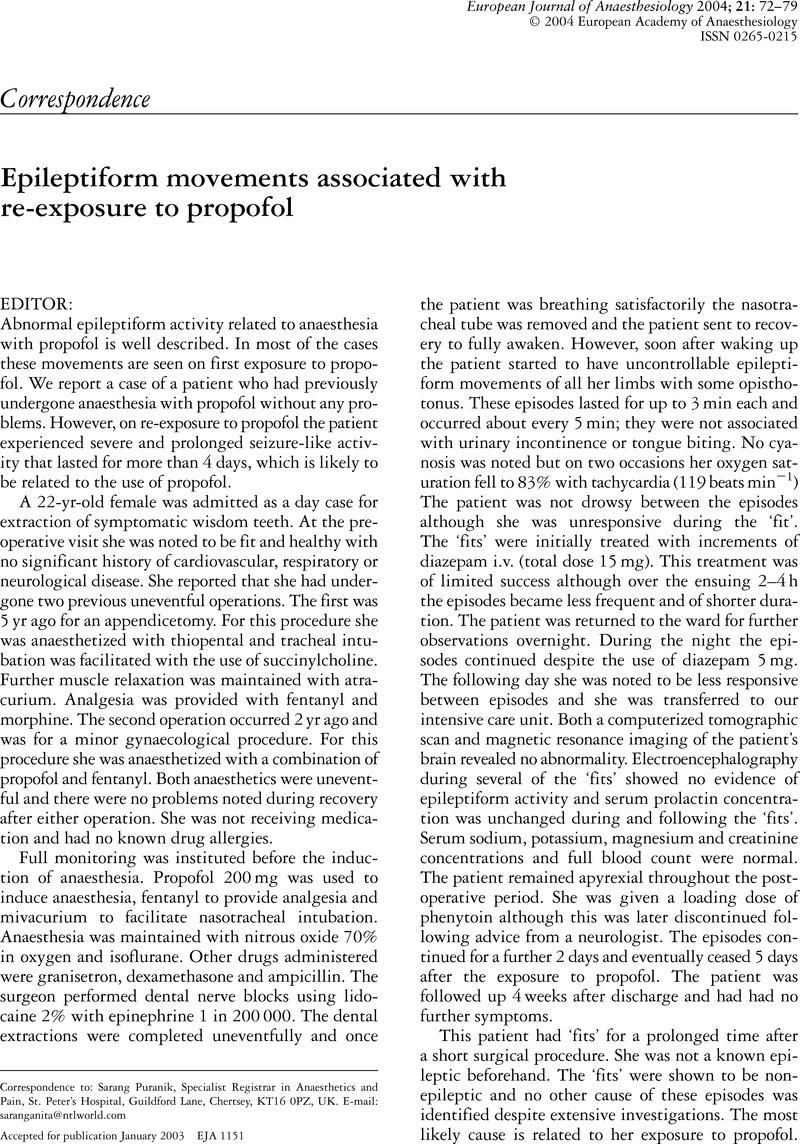Crossref Citations
This article has been cited by the following publications. This list is generated based on data provided by Crossref.
2004.
Current awareness: Pharmacoepidemiology and drug safety.
Pharmacoepidemiology and Drug Safety,
Vol. 13,
Issue. 6,



